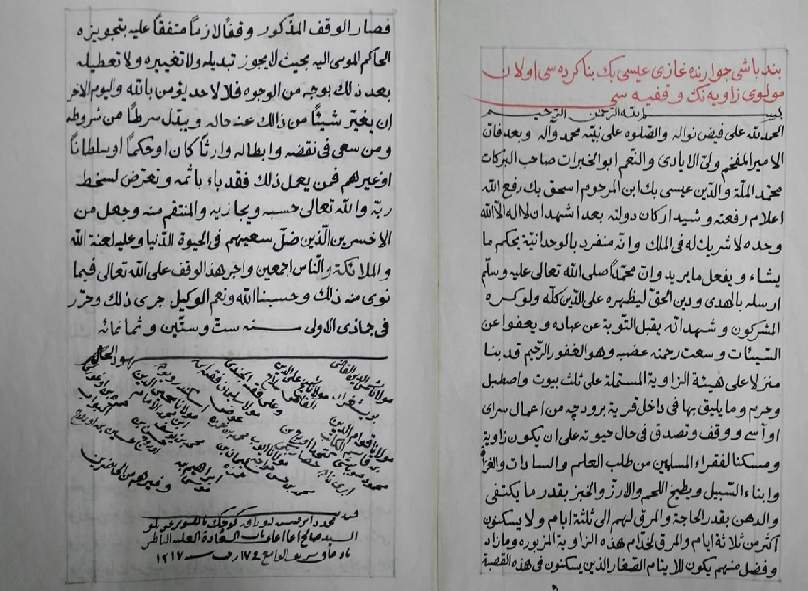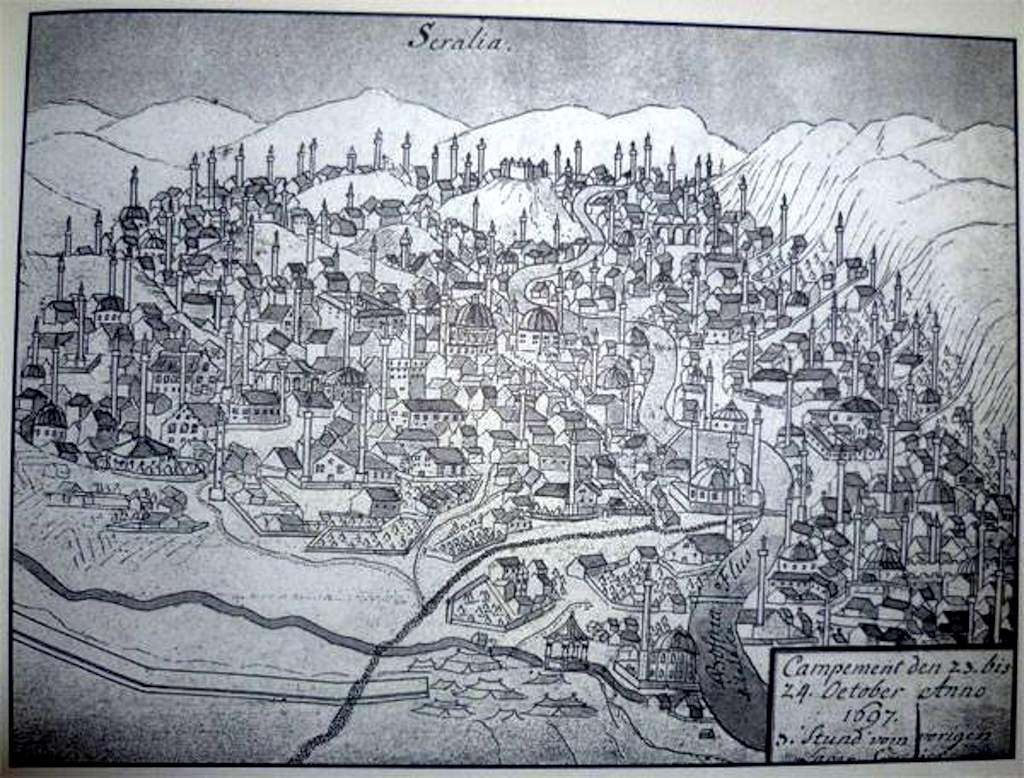Sarajevo was founded in 1462, and there are no valid arguments to dispute this. In this brief post, I will present several facts that support this claim.
Traces of human settlements in the wider area of present-day Sarajevo date back to the Paleolithic (near Trnovo, Zmijina glava, etc.). Among the most significant Neolithic sites is the Butmir culture. Numerous hillforts from the Eneolithic and Antiquity testify to the long continuity of habitation in this area (not to forget the Glasinac culture, one of the most developed examples of the Bronze and Iron Ages). A particularly significant site is the Roman settlement of Aquae S... (most likely Aquae Sulphurae).
In the late Antiquity period, a settlement developed near Gornji Kotorac, which may have been Katera, mentioned by Constantine VII Porphyrogenitus—though further research is needed to confirm this (as noted by Mrs. L. Fekeža).
The early medieval and medieval periods left a rich heritage, including the remains of a church in Vrutci (near the source of the Bosna River), where a beautiful early medieval cross and stećci tombstones were found. There is also the church in Rogačići, unique for its hexalobate floor plan, with impressive sculptural decoration highlighted by Professor M. Jurković.
In the narrower area of Sarajevo, at the former cemetery of Vasiljeva bašča (now the site of the Sarajevo City Center), Roman tiles, fibulae, and remains of an ancient structure with a mosaic floor were discovered, alongside medieval and ancient graves.
Known medieval settlements include the market town (U)tornik or Utorkovište, the village of Brodac (downstream from the City Hall), as well as the settlements of Pohvalići, Koševo, Nahorevo, Bjelave, Radonje, Radilovići, Bratnik, Hvaletići, etc.
The most famous medieval fortifications are Hodidid (99.9% likely located where the present-day White Fortress stands) and the Old Town on Bulozi.
Urbanization
It is evident that there was a continuity of habitation in this area. However, in the context of urbanism, the situation is different—until 1462, there was no city with institutions and infrastructure necessary for urban life.

Isa-beg Ishaković, the founder of Sarajevo, built key structures that year: a mosque, a tekke, a bridge, a caravanserai with shops, a hammam, a water supply system, and mills—everything that makes a city a city.
If we approach this issue scientifically and objectively, without political biases, it is clear that Sarajevo, as we know it today, was founded in 1462, as recorded in the waqfiyya of Isa-beg Ishaković.
This is confirmed by a 15th-century source, which states that Isa-beg considered the territory of the village of Brodac "suitable for establishing a šeher." Simply put, Isa-beg Ishaković established all his waqfs with a clear goal—to found a city. He did not construct these waqfs randomly; his task, within the broader Ottoman policy, was precisely to establish a city.

Written by: Prof. Dr. Haris Dervišević
(Preporod.info)



